Tuberculosis (TB) is still killing an estimated 1.3 million people every year across the world (1). Point-of-care diagnostics could turn the tide. Enter a team of researchers at the University of Southampton, UK, who homed in on blood biomarkers of TB lung infection in a recent study (2). To learn more about the discovery, we spoke with lead author Hannah Schiff.

Why specifically focus on biomarkers for TB?
Although briefly overtaken by SARS-CoV-2, TB kills more people a year worldwide than any other single infection and an estimated 4 million cases of active transmissible TB remain undiagnosed each year (3). Additionally, common diagnostics rely on sputum analysis, which are limited by time to result, cost, lab infrastructure requirements, and a shortage of skilled operators. Considering the high disease burden, these are particularly concerning limitations, especially in economically disadvantaged countries with weak healthcare systems.
With these restrictions in mind, there’s a need for diagnostic biomarkers capable of identifying people with infectious TB in high burden settings, ideally at the point of care and not requiring a sputum sample. Our research aimed to investigate blood proteins released due to significant lung inflammation and destruction caused by pulmonary TB and potential diagnostic biomarkers. Proteins are well suited for translation into simple, low-cost devices, such as lateral flow tests, to facilitate earlier diagnosis. The aim of this research was to identify biomarkers that could improve outcomes for infected individuals and break the cycle of TB transmission fueling the ongoing pandemic.
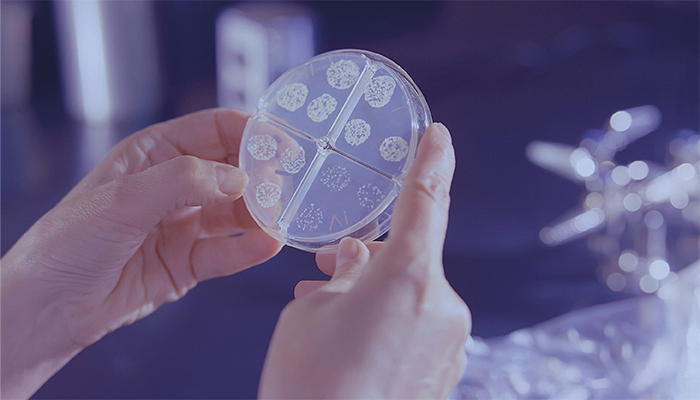
What were the key findings of your research?
To my knowledge, this research is the most comprehensive and detailed profile of the proteins present in the blood of TB patients to date. Since TB itself isn't present in the blood during infection, all identified proteins came from the patient. I was pleasantly surprised and excited to find that some elevated host proteins seemed relatively TB-specific, as they weren’t present at high levels in individuals with other lung infections or healthy individuals. The origin of these proteins support our hypothesis that they are likely released due to lung destruction caused by active pulmonary TB.
A significant outcome of our work was identifying a combination of six proteins that could differentiate individuals with TB from healthy individuals and those with other lung infections. This combination has great potential as a new method for diagnosing TB lung disease earlier, enabling earlier treatment and preventing disease transmission.
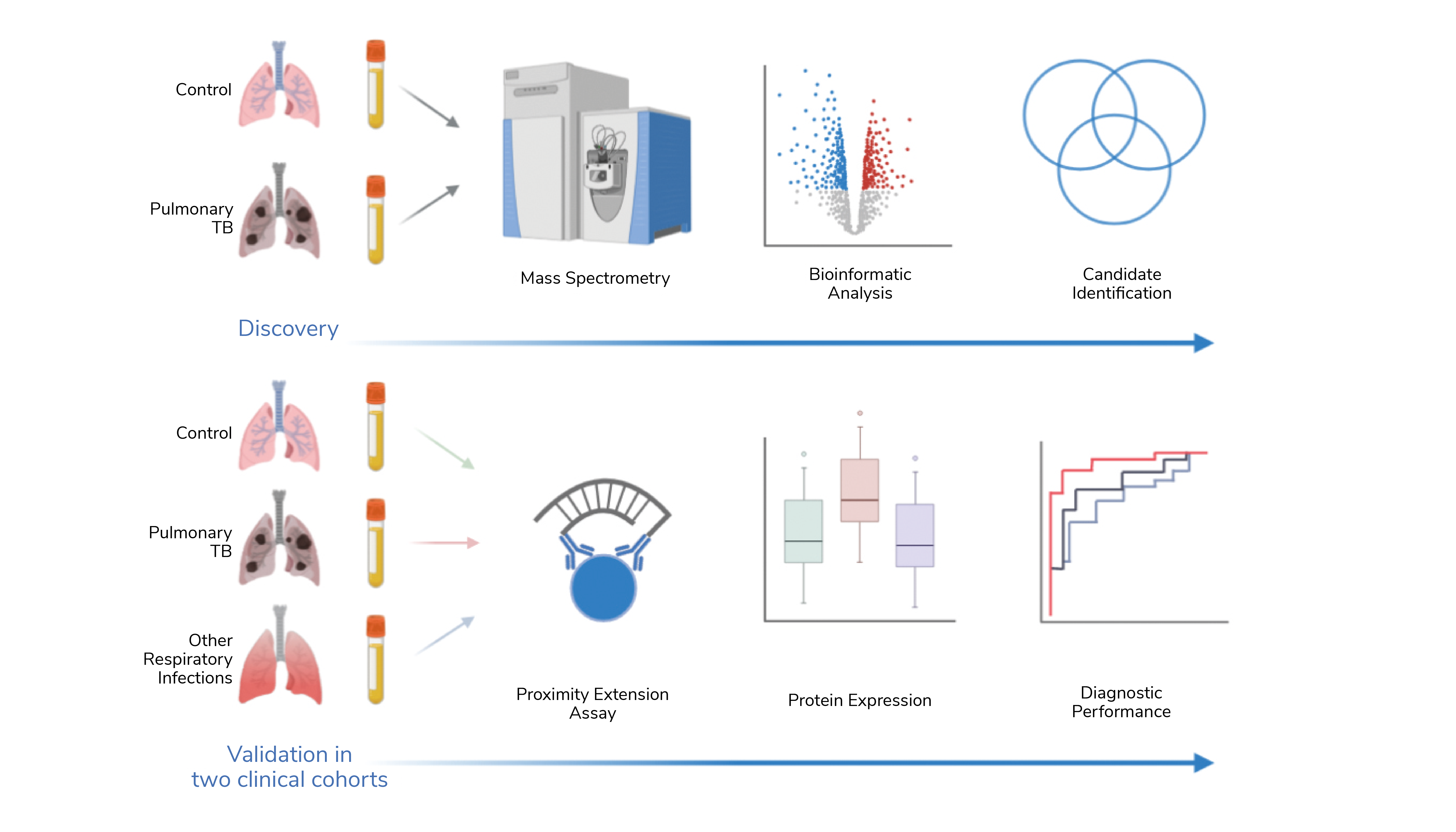
What does this discovery mean for TB and infectious disease diagnosis?
As mentioned above, the six-protein combination panel can accurately distinguish TB cases from healthy individuals and those with other lung infections, meeting WHO standards for new TB tests. These markers have the potential to be developed into a point-of-care test for population screening.
The next step is performing further studies on larger patient groups, including those with common co-existing health conditions, such as HIV and diabetes, to validate the diagnostic performance. Developing a near-patient assay remains a significant hurdle, but these findings are crucial for creating an initial screening test to triage patients for more expensive confirmatory TB testing. These point-of-care screening tests must meet “ASSURED” criteria: being affordable, sensitive, specific, user-friendly, rapid, reliable, equipment-free, and accessible. A test that meets these criteria could help identify and treat more transmissible TB cases, reducing disease spread and bringing the pandemic under control.
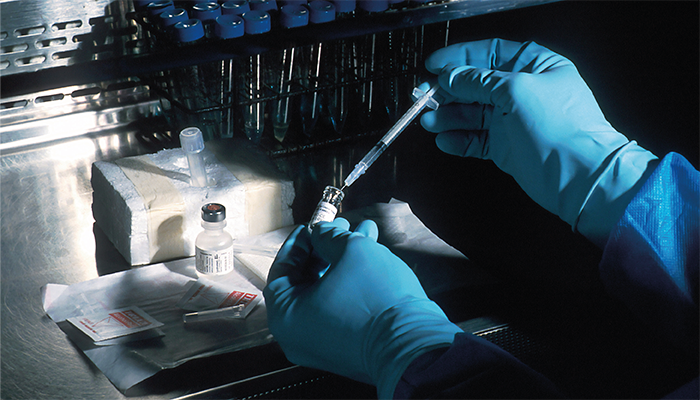
Can you tell us about the methods and analytical techniques used in your study?
Initially, we aimed to identify as many proteins as possible in the blood, but this is challenging due to the wide range of protein levels. Many mass spectrometry methods remove albumin, which makes up over 50 percent of blood protein, to detect lower-level proteins. However, removing albumin can unintentionally remove other important proteins.
Our method avoided protein removal and relied on separating blood proteins into smaller fractions for analysis. Though this approach is painstakingly slow, it allowed us to capture more proteins. Additionally, unlike other proteomic methods, mass spectrometry doesn’t preselect proteins but simply measures whatever is present. Once we had narrowed down our list to the best candidate biomarker proteins of TB we could validate our mass spectrometry results using array-based proteomic methods, which test for a predetermined set of proteins. In other words, our initial discovery method was truly unbiased.
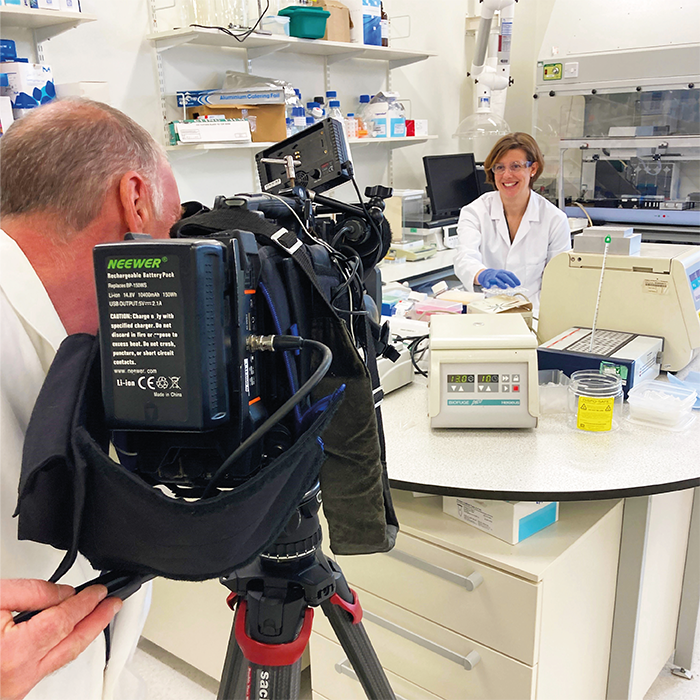
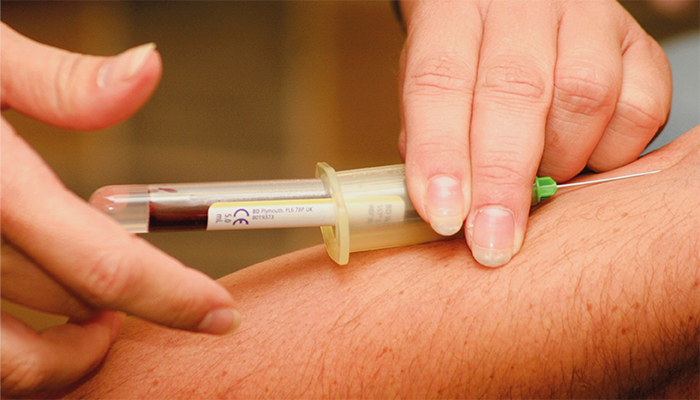
What are the bottlenecks in infectious disease research – specifically TB?
Despite its high prevalence across the world, TB research is grossly underfunded. At the end of 2023, WHO reported that TB research investment is only a fifth of the new annual global target of $5bn set by the United Nations in 2023 (4). TB is also incredibly difficult to study after co-evolving with humans for thousands of years, developing sophisticated survival mechanisms, and causing disease in any part of the body – meaning the factors that influence TB disease manifestation are incredibly difficult to pin down.
Mycobacterium tuberculosis (the causative organism) is predominantly a human pathogen with very few animal and lab models for studying the disease and developing new treatments and vaccines. The limited number of low-cost diagnostic platforms with necessary performance characteristics hinders the translation of new TB diagnostic biomarkers into clinical use, especially in low-resource countries with high disease burdens. Nevertheless, increased recognition of TB as a global health emergency, along with appropriate research investment, could lead to significant advancements and faster translation to directly benefit individuals and communities.
What’s next for your TB research?
I have been awarded a National Institute for Health and Care Research (NIHR) clinical lectureship at the University of Southampton to take this research forward. Currently, I’m analyzing how factors like an individual’s sex, age, and ethnicity influence plasma proteins in TB disease and how combining these with protein biomarker measurements can improve diagnostic accuracy.
Additionally, I’ve applied for funding to test the biomarkers in TB patients who also have HIV, which can substantially affect TB lung disease. High HIV and TB co-infection rates in areas like sub-Saharan Africa make it crucial to verify these markers in such populations. However, the key next step in this research is translating these markers into a point-of-care diagnostic tool for earlier TB detection. I’d like to invite anyone interested in learning more about this research, or that has a point of care diagnostic platform for protein detection, to please get in touch.

Headshot - Credit: Prof Paul Elkington at the University of Southampton | News interview image - SkyNews and Dr Hannah Schiff - Credit:James Haigh, Southampton University Media Manager | Figure - Credit: Hannah Schiff
References
- World Health Organization, “Tuberculosis” (2023). Available at: https://www.who.int/news-room/fact-sheets/detail/tuberculosis.
- HF Schiff et al., JCI Insight (2024). PMID: 38512356.
- D Assefa et al., BMC Infect Dis, 19, 60 (2019). PMID: 30654763.
- World Health Organization (2023). Available at: https://www.who.int/news/item/07-11-2023-tuberculosis-response-recovering-from-pandemic-but--accelerated-efforts-needed-to-meet-new-targets.




